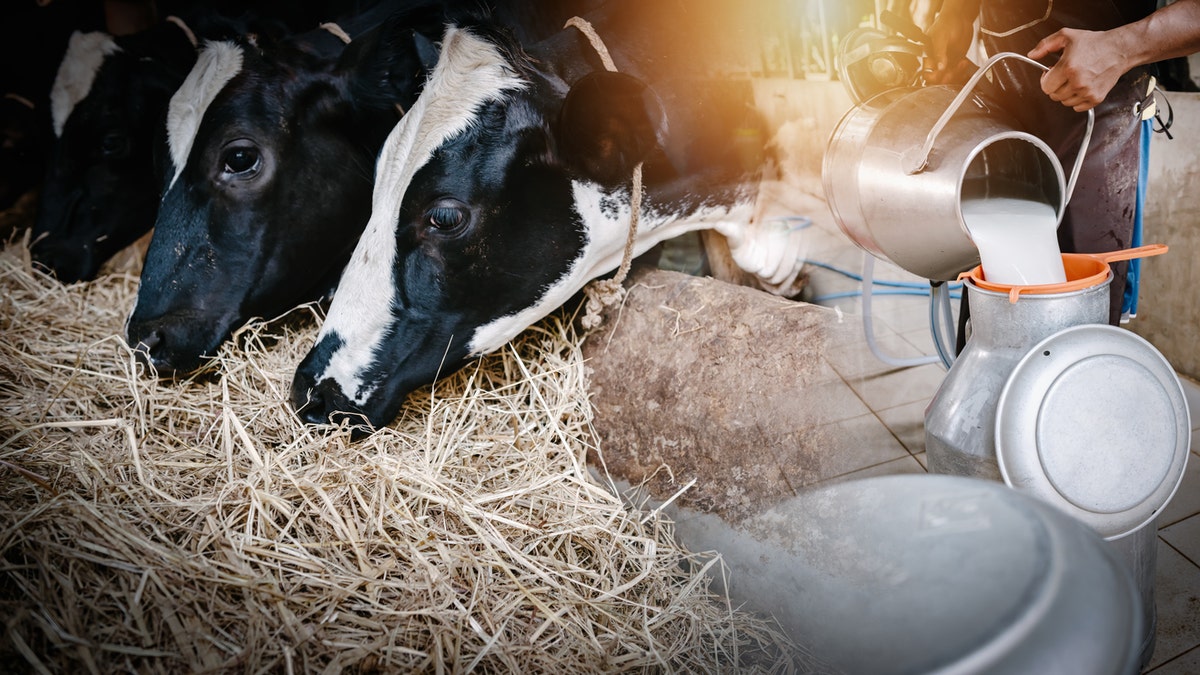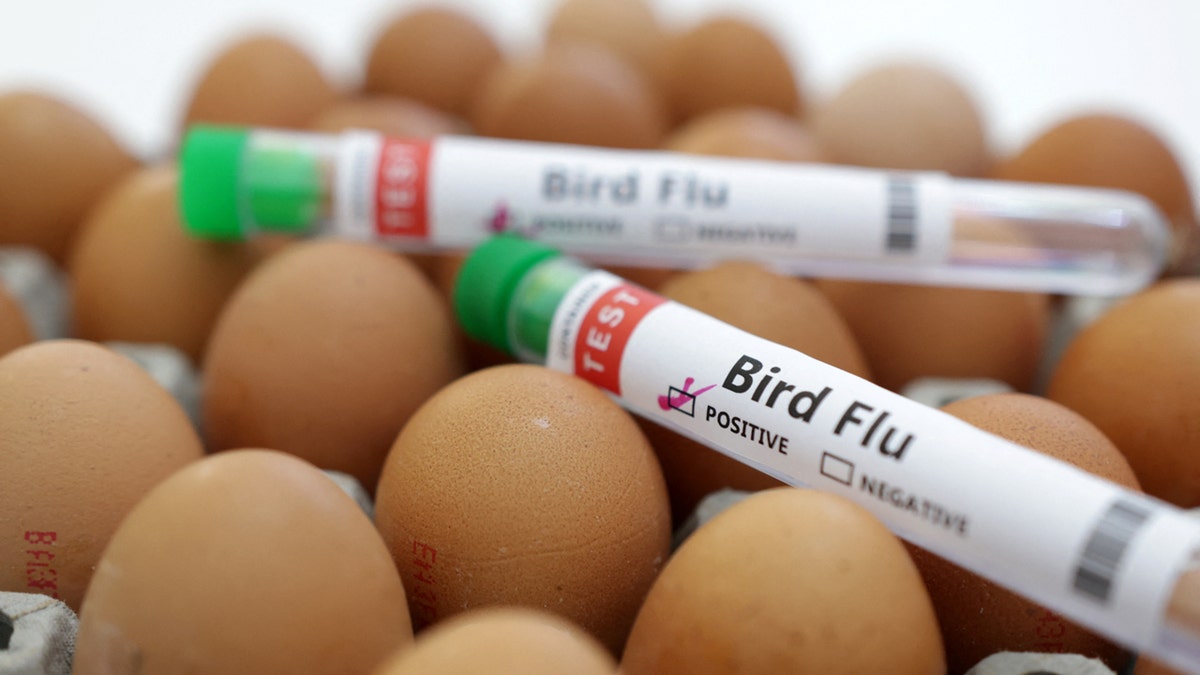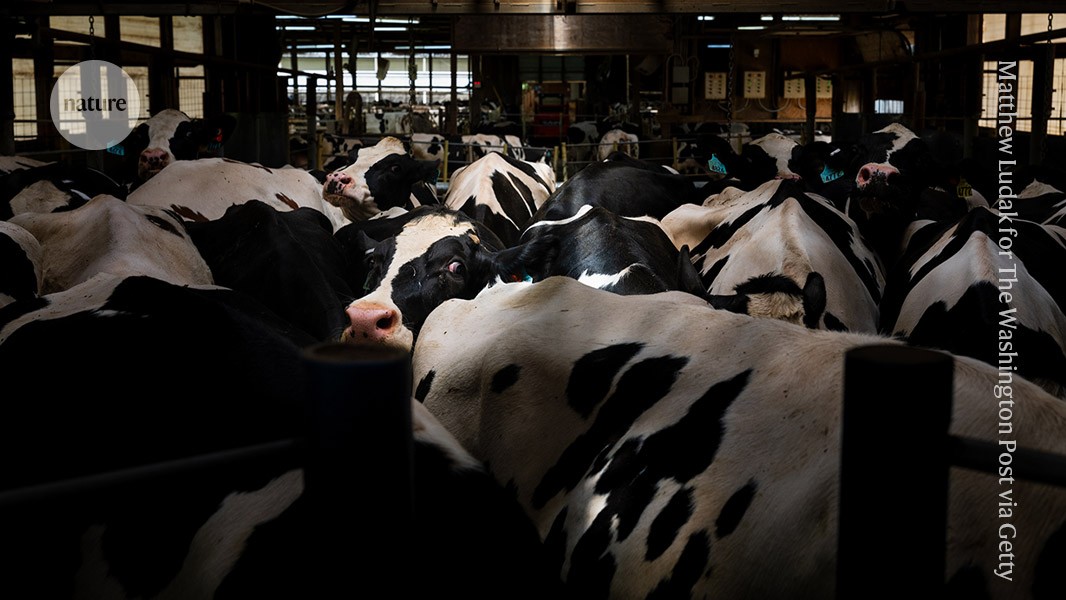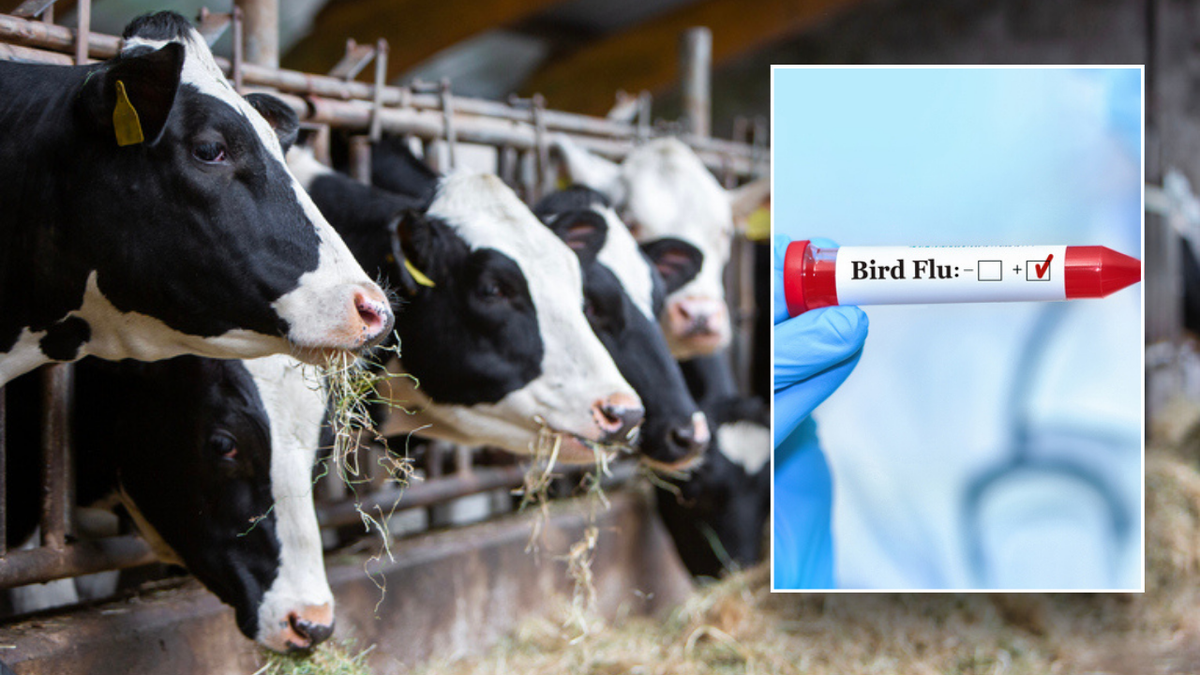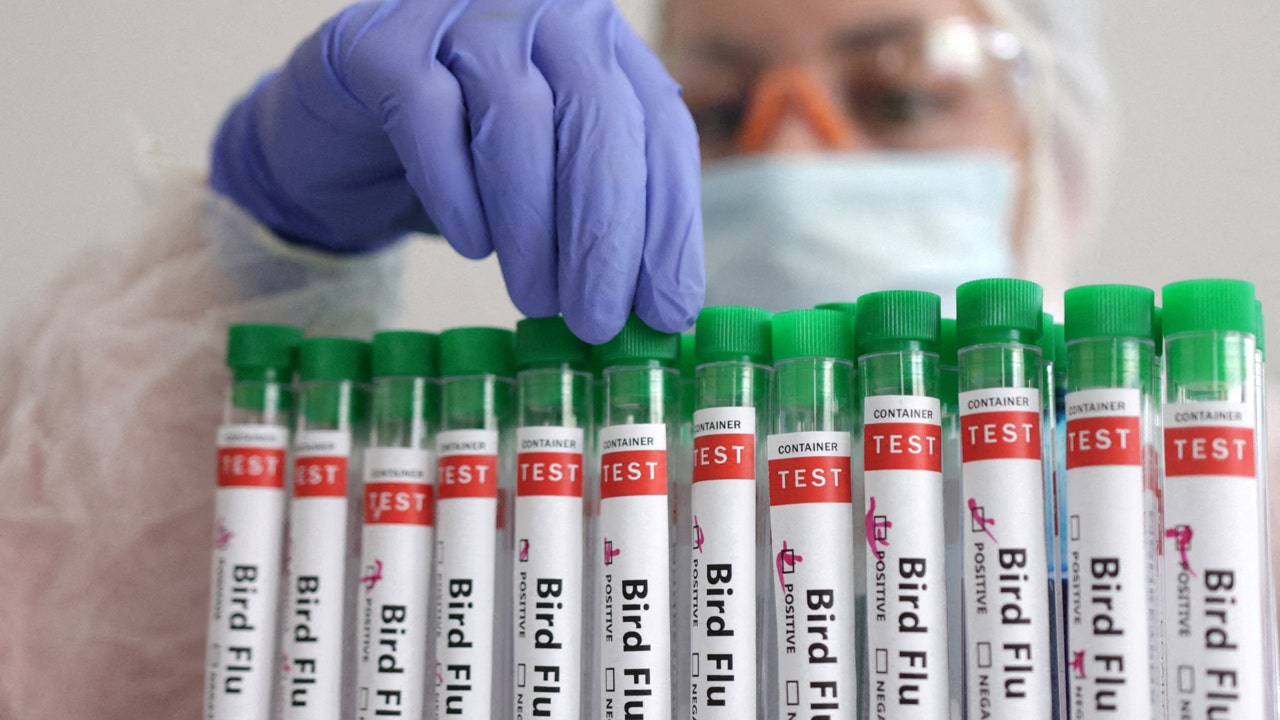
In recent months, there have been reports of avian influenza A(H5N1) virus outbreaks in dairy cows and other animals in the United States. According to the Centers for Disease Control and Prevention (CDC), as of July 12, 2024, a total of 151 dairy cow herds in 12 states have confirmed cases of this virus. The first human case was reported on April 1, 2024, in Texas. CDC is working with the USDA, FDA, state public health and animal health officials, and other partners to respond to this multistate outbreak using a One Health approach.
The H5N1 virus has also been detected in several other countries. Researchers suggest that it may be spreading between cows through contaminated milking equipment (Nature, 2024). To prepare for a potential pandemic, many nations are ramping up surveillance and purchasing or developing new vaccines.
As of July 11, the H5N1 virus has affected more than 99 million poultry, more than 9,500 wild birds, and more than 145 dairy herds in the United States. Currently, only governmental health departments are providing H5N1 avian influenza testing for humans (Fox News, 2024).
It is important to avoid exposures to sick or dead animals, animal poop, unpasteurized milk, and materials that have been touched by or close to birds or other animals with suspected or confirmed A(H5N1) virus if possible (CDC, 2024).
The CDC recommends getting vaccinated against influenza each year to protect against seasonal flu viruses. However, the agency also notes that annual flu vaccines do not provide protection against avian influenza viruses like H5N1.
Stay informed about the latest developments in this outbreak by checking reliable sources such as the CDC and WHO websites regularly.
